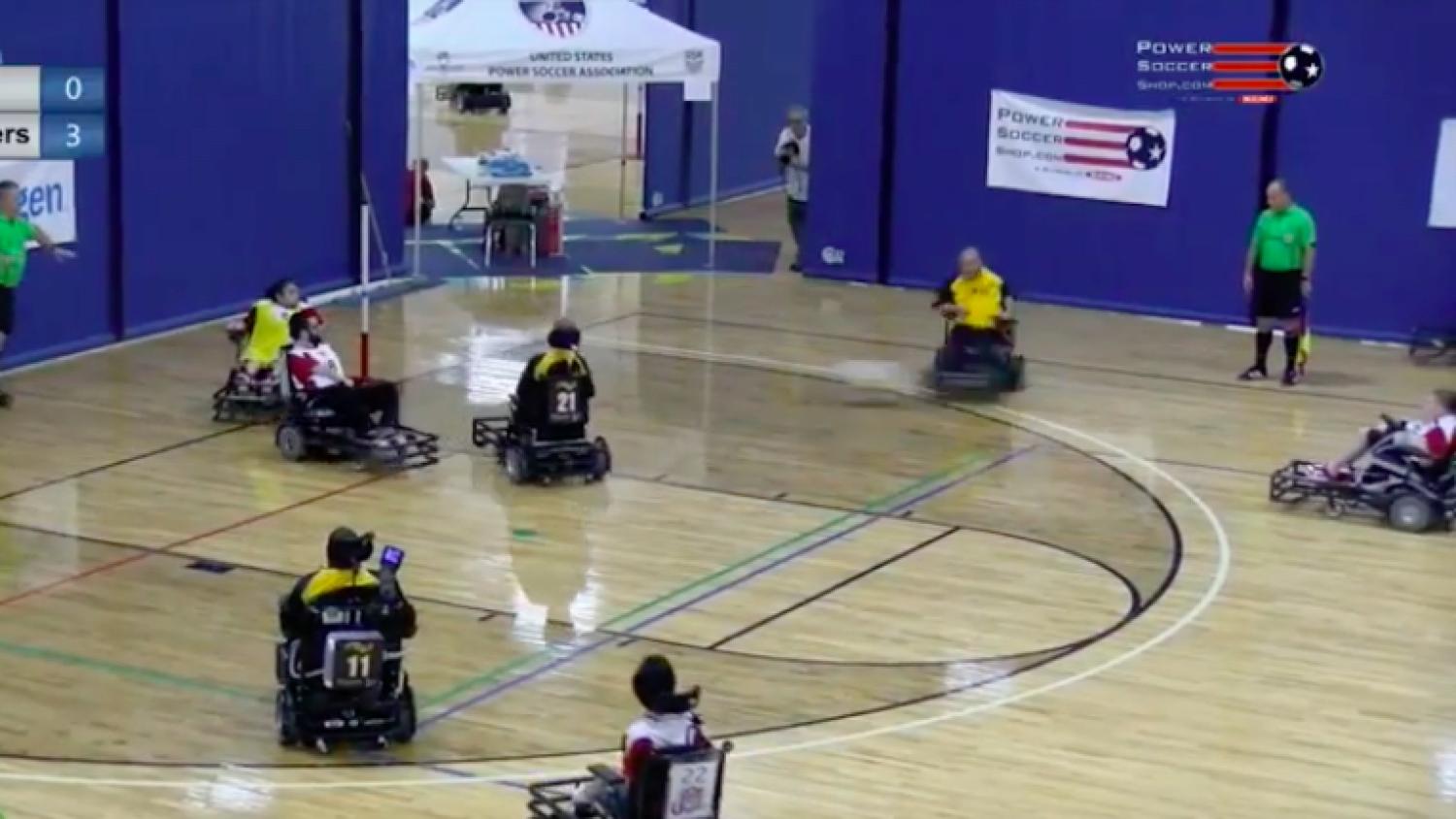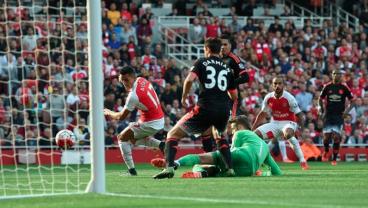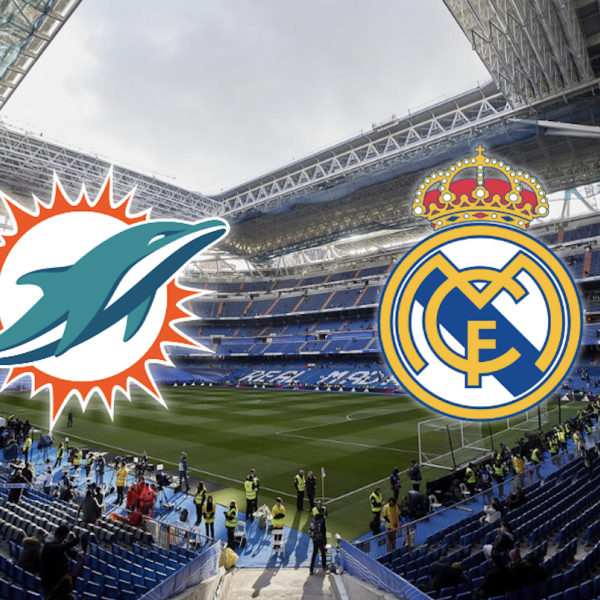What is Power Soccer? Apart from a sport that produces some sublime highlights, it’s a variant of soccer for people with physical disabilities, played using power wheelchairs that are equipped with footguards used to manipulate the ball.
Although variants of the sport have existed since the 1970s, the rules didn’t become standardized until 2006 with the founding of the Federation International Powerchair Football Association (FIPFA).
Power Soccer is played on a standard-sized basketball court with each team fielding four players (the goalkeeper and three outfield players). The sport’s ball is 13 inches, about double the size of a standard soccer ball. A match consists of two 20-minute periods, and there are a couple other laws of the game to keep in mind.
To maintain space on the court and ensure the flow of the game, Power Soccer utilizes the “2 on 1 Rule.” Essentially, only a player and an opponent are allowed within three meters of the ball when it’s in play. The only exception to this rule is if one of the two teammates is the goalkeeper inside their own area.
However, if the rule is broken by another player, then the result is an indirect free kick. Also, when the ball leaves the field of play, players are awarded a “kick-in” and a goal can be scored directly.
Let’s take a look at some of the resulting play.
Assist game super strong #SCtop10 (via @therealtastyt) pic.twitter.com/RwZTBGLUI8
— SportsCenter (@SportsCenter) March 24, 2019
#thebeautifulgame from 2018 national championship game @PowerSoccerShop @powersoccerusa @RocketLeague pic.twitter.com/zDUhhWvL6a
— Tom Dickey (@realtomdickey) March 26, 2019
The last Powerchair Football World Cup was held in 2017 in Kissimmee, Florida. It should come as no surprise, but it was won by France.
CHECK IT OUT - here's a recap video of the FIPFA World Cup FINAL between France and USA! @usntpowersoccer @FFHandisport #FIPFAWorldCup pic.twitter.com/m97fzidPdG
— 2017 FIPFA World Cup (@FipfaCup2017) July 11, 2017








